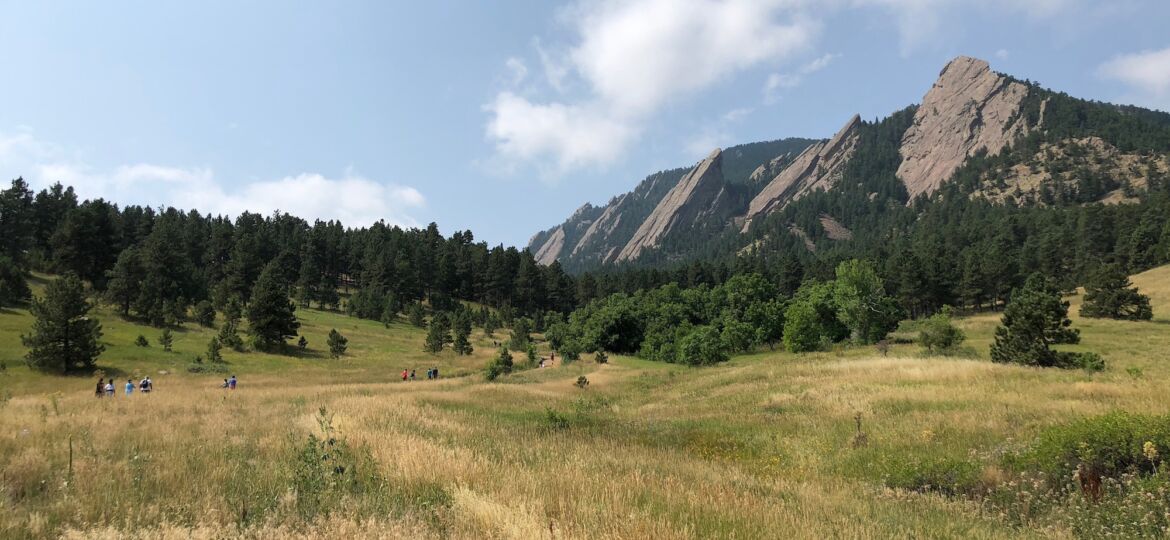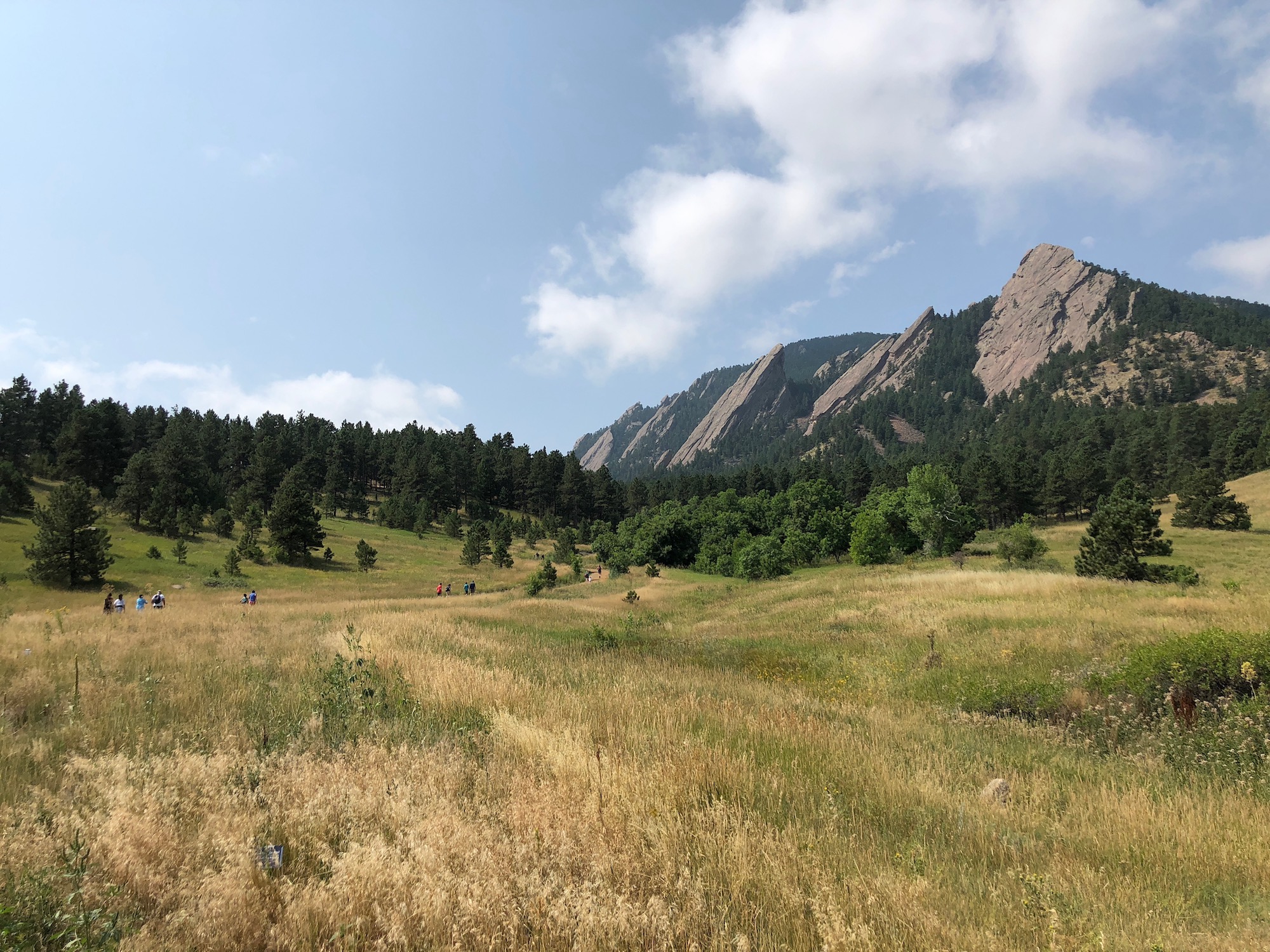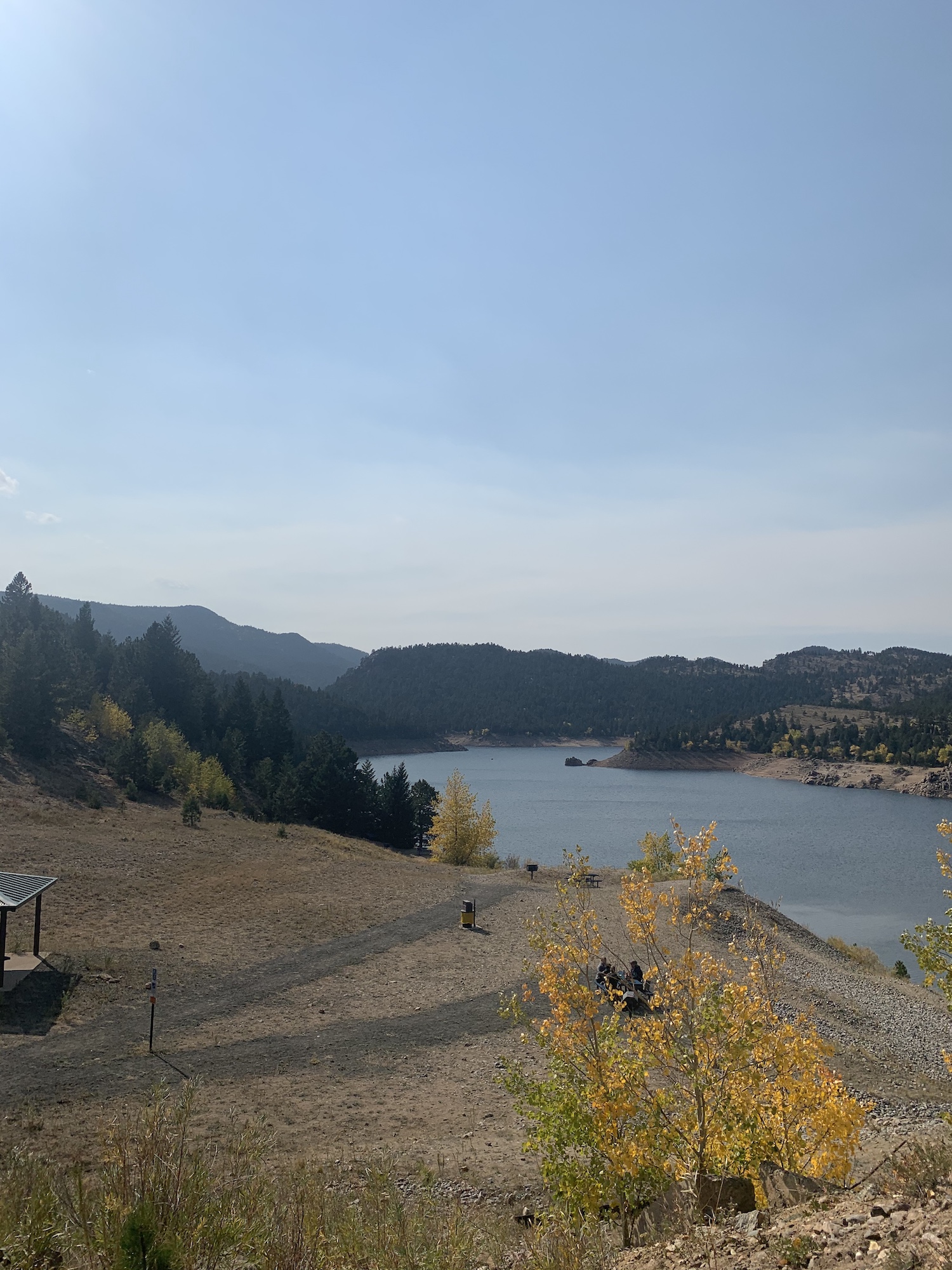
COVID-19 and conservation
As more flock to the outdoors conservation questions are raised.
By Claire Cecere
As coronavirus continues to limit the number of safe activities that are allowed, more people have found a haven in the outdoors.
The Boulder community is well known for its open space and parks system that contributes to Colorado’s standing as one of the healthiest states in the nation, however with increased numbers hitting the trail there is concern for the conservation of these popular outdoor trails.
While there have not been any organized studies, a system wide inspection conducted by Open Space and Mountain Parks (OSMP) showed braiding damage on trails and erosion damage that was the result of a wet spring which the effects of have been exacerbated by the increase of people.
Trail braiding is the result of hikers moving off the designated trail to avoid an obstacle, in this case other people to maintain social distancing, that results in the trail splitting off into other smaller trails. These smaller trails can cause damage to surrounding vegetation and habitats along the trail.

“In order to maintain the distance recommended by the CDC hikers have been walking off trail more,” said William Bowman, a professor of ecology and evolutionary biology. “Another major impact of the increased traffic on trails is on wildlife. Animals will shy away from areas with higher densities of hikers, particularly if they have dogs.”

It is well recognized that people need public land for physical and emotional health, but there are steps that need to be taken to ensure the preservation of public lands that allow them to be used in the future. Phillip Yates, media relations specialist for OSMP, recalled the visible effects from the surge in visitation in March through April.
“We did see higher levels of trash and braiding,” said Yates. “We recognize people need distance on the trails, but people should always remain on trial when no one else is around.”
The need to stay six feet apart from others applies on all trails but it is important to stay aware of stepping on vegetation when you do need to move off trial. Being conscious of where you step allows vegetation to continue to grow in its environment and helps preserve the ecology of the area. Aside from the environmental effects, there are ways to be mindful and courteous of other recreationalists during the pandemic.
According to Yates, there still needs to be a maintained distance of six feet apart from those not in your household, always bring a face covering with you, wear that face covering when passing others, making sure to recreate with those in your household and knowing your limits.
“We all have a shared responsibility in conserving and protecting our public lands,” Yates said. “Remembering to pack in, pack out and take out your trash, is really big.”
Remembering that we all have a role in preserving our recreational spaces and can make a difference for the better is vital to their preservation. Keep in mind the rules and regulations in place will preserve the experience of public lands for years to come and allow them to continue being a safe space for those to escape the stress of our COVID-19 world.

